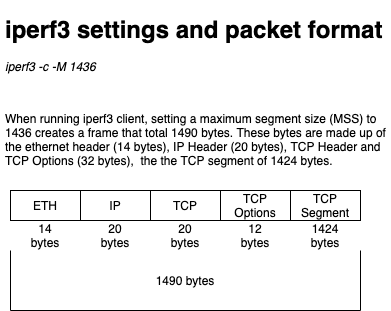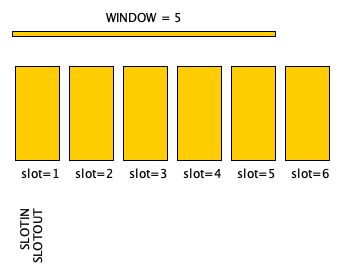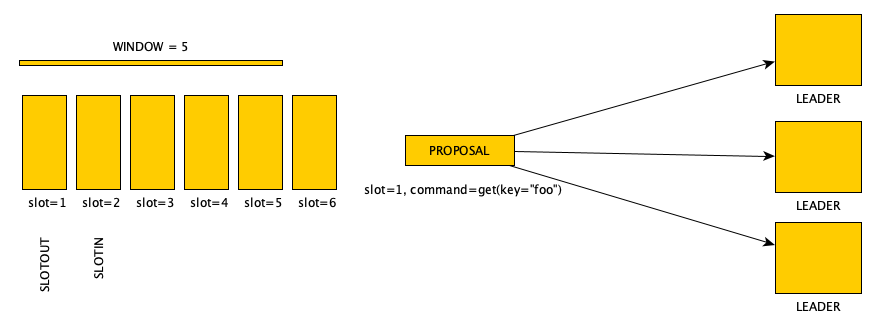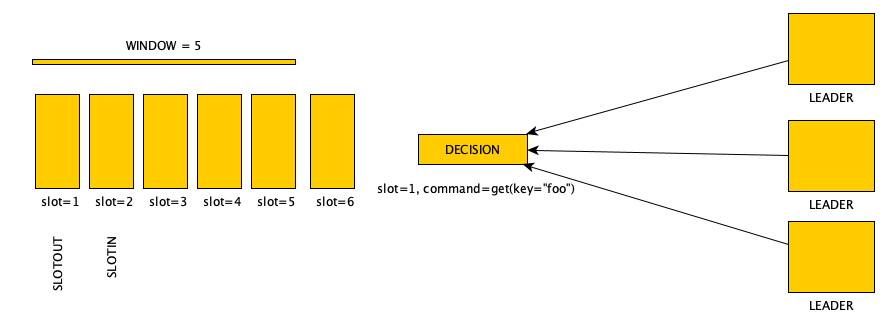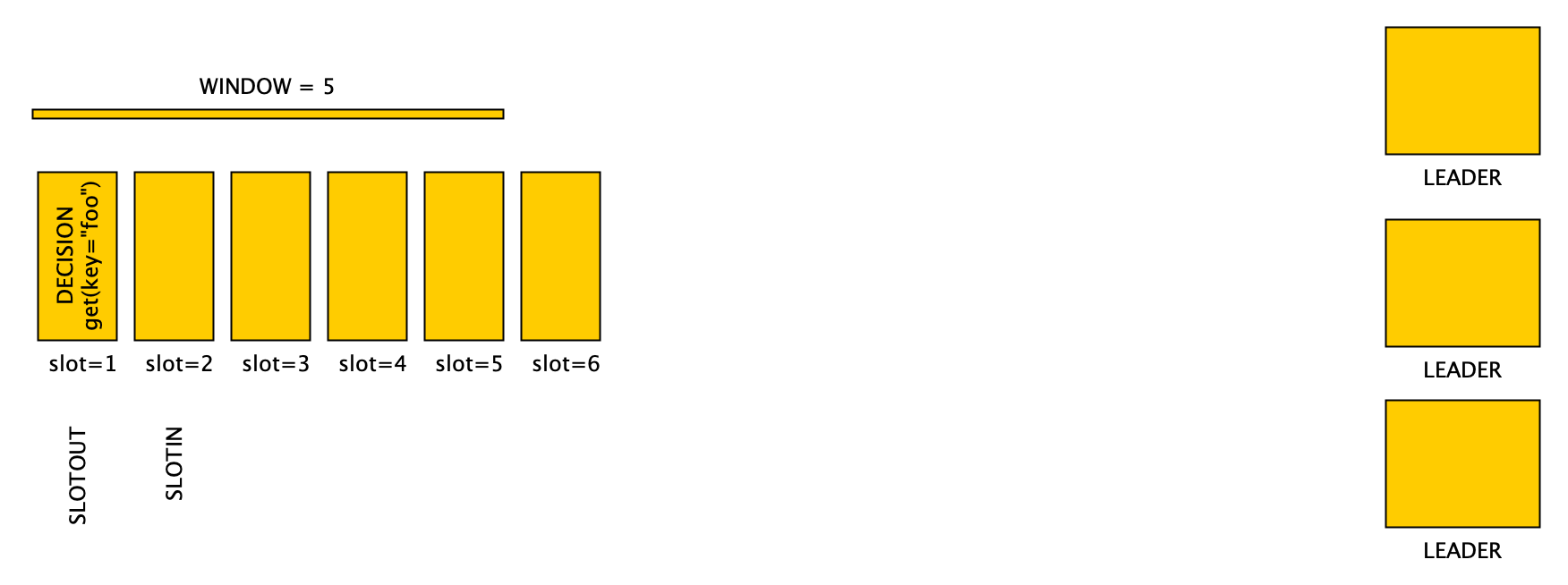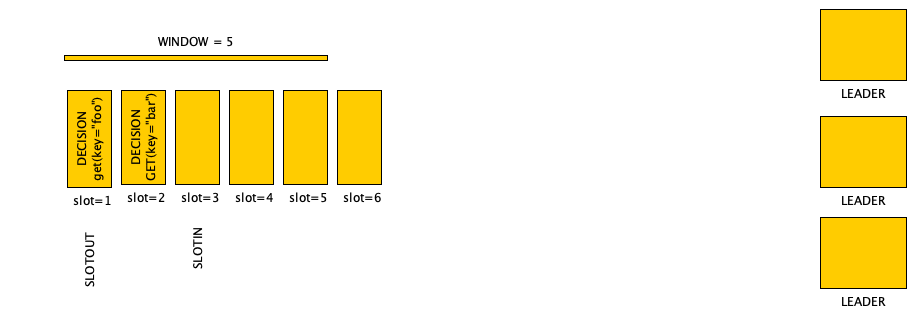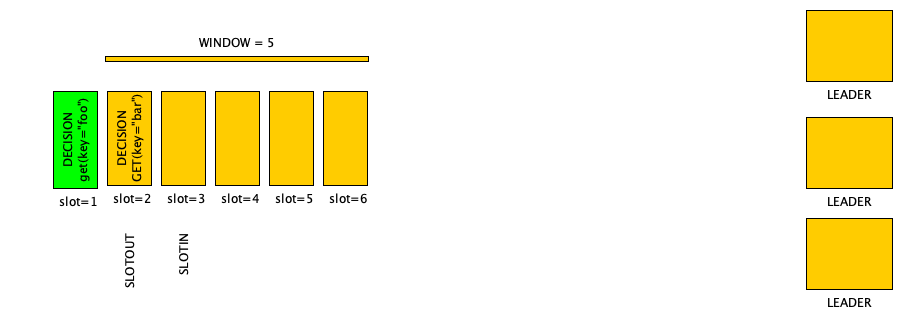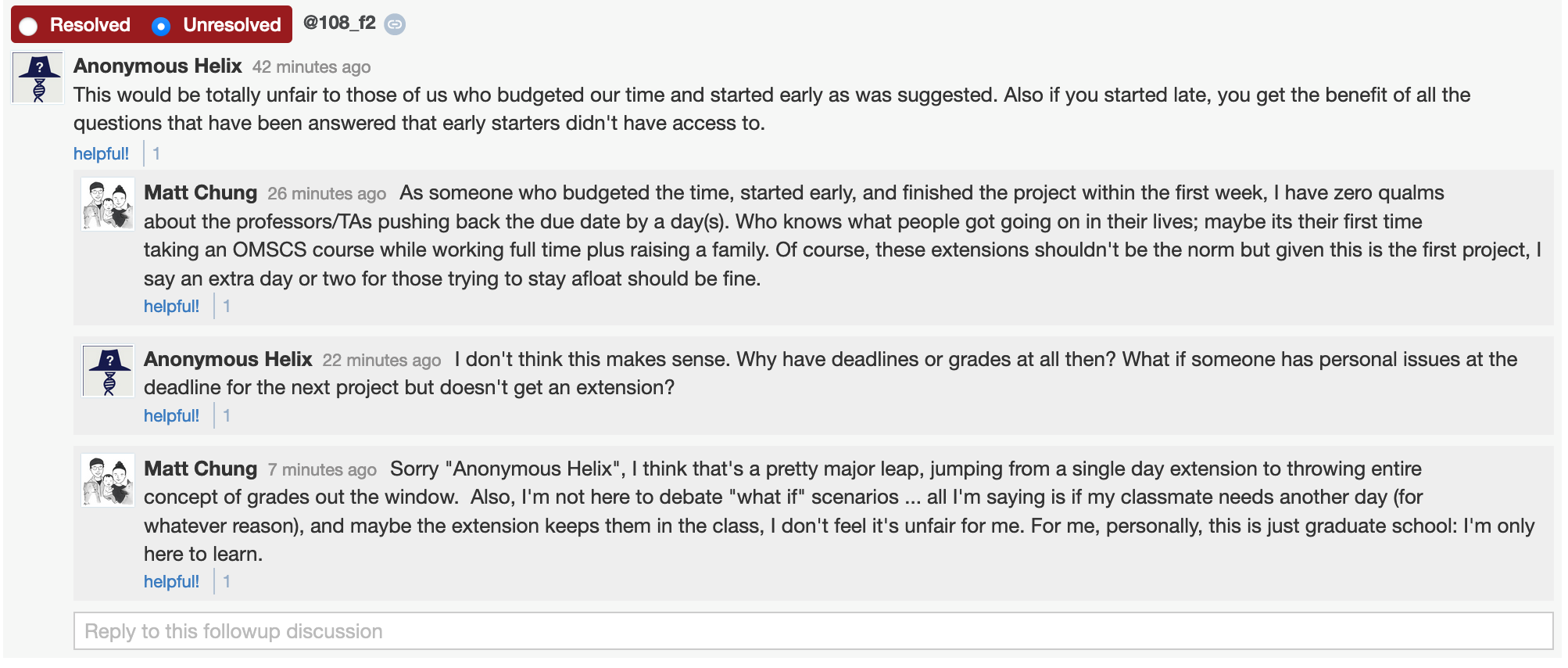Distributed Computing was offered in the OMSCS program for the first time this past semester (i.e. Spring 2021) and when the course opened up for registration, a storm of newly admitted and seasoned students signed themselves up — me included. I was fully aware that I was walking into unknown territory, a bleeding edge course, and expected a lot of rough edges, of which there were many. That being said, the course is great and with some some tweaks around pacing, has the potential to be the be one of the best courses offered for students, especially those specializing in computing systems.
Overview
The course quality is top-notch. The lectures are intellectually challenging, the assigned readers are seminal pieces of work, and the projects really drill the theoretical concepts. Overall, depending on your programming experience, expect putting in at least 20+ hours per week (with some students reporting anywhere between 30-50 hours).
Recommendation: If you are a seasoned engineer (with at least a couple years of programming experience under your belt) and someone who can handle ambiguity with little hand holding, then I highly recommend taking the course. But if you are just starting out in your computer science journey, then I would hold off for at least a couple semesters; take the recommended pre-requisites (i.e. graduation introduction to operating systems, advanced operating systems, computer networks) and wait until the course’s rough edges are smoothed out. As another student on omscentral pointed out, this class is “for experienced engineers, not students.”
What to expect from the course
Pros
- Lectures are easy to watch and are packed in digestible ~5 minute chunks
- Assigned readings (from first half of semester) are seminal pieces of work by famous computer scientists like Leslie Lamport and Eric Brewer
- Skills and knowledge acquired directly apply to my career as a software engineer and computer scientist
- Instructors and teacher assistants are extremely professional, care about the students well-being, and quite generous with the grading curve
In this class, you’ll develop a foundation around designing and building distributed systems. You’ll understand the importance of systems keeping track of time and the different ways to implement clocks (e.g. scalar clocks, vector clocks, matrix clocks). In addition, you’ll appreciate how systems achieve consensus and being able to make trade offs between choosing different consistency models such as strict consistency, eventual consistency. You’ll end the semester with learning about the infamous CAP theorem and FLP theorem and how, as a system designer, you’ll make trade offs between consistency, availability, and the ability to withstand network partitions. Of course, you’ll eat and breathe Leslie Lamport’s PAXOS. So if any of these topics interest you, you’re in for a treat.
Cons
- Bleeding edge course means that there were lots of rough edges
- Projects were very demanding, often requiring multiple hours to pass a single test worth very little towards grades
- Triggered lots of uncertainty and desperation among students throughout the second half of the semester
As mentioned above, this class induced a lot of unnecessary stress in students. Even for someone like me, who cares less about the actual letter grades on transcripts, felt pretty anxious (this class potentially could’ve held me back another semester, since up until the grades were actually released, I had assumed I would get a C or lower).
Impact on mental health
One concerned students published a post on the forum, asking if students were mentally okay:
I just wanted to check in with everyone on here in the class. I know these projects are stressful and for me it’s been something of a mental health hurdle to keep pushing despite knowing I may very well not succeed. Hope everyone is doing ok and hanging in there. Remember no assignment is worth your sanity or mental health and though we are distanced we are all in this together.
Anonymous Calc
Many other students chimed in, sharing their same frustrations
I found both of the projects very frustrating. Specially this one. I am working for last 2 weeks (spending 50+ hours in writing/rewriting) and still passing only 7/8 tests. I never had unfinished academy projects. This is the first course I am having this.
Adam
I couldn’t help but agree:
Honestly, I was fairly stressed for the past two weeks. Despite loving the course — content and rigor of the project — I seriously contemplated dropping the course (never considered this avenue before, and I’m 2 courses away from graduating after surviving compilers and other difficult systems courses) as to avoid potentially receiving a non-passing grade (got an A on the midterm but its looking pretty bleak for Project 4 with only 12 tests passing). At this point, I’ve fallen behind on lectures and although there is 1 (maybe 2) days left for Project 4, I’ve decided to distance myself from the project. Like many others, I’ve poured an insane number of hours into this project, which doesn’t reflect in the points in Gradescope. I suspect both the professor and the TAs are aware of the large number of people struggling with the project and will take this all into account as part of the final grading process.
Tips
Programming Projects
Here’s a list of the projects, their weight towards the final grade, and the amount allocated to each assignment.
- Project 1 – Environment Setup – 5% – 2 weeks
- Project 2 – Client/Server – 10% – 2 weeks
- Project 3 – Primary/Backup – 15% – 3 weeks
- Project 4 – PAXOS – 15% – 3 weeks
- Project 5 – Sharded KV Store – 15% – 4 weeks
Project 1 and 2 are a walk in the park. The final 3 projects are brutal. Make sure you start early, as soon as the projects are released. I repeat: start early. Some people reported spending over 100+ hours on the latter projects.
Unless you are one of the handful of people who can pour in 50+ hours per week in the class, do not expect to get an A on the programming projects. But don’t sweat it. Your final grade will be okay — you just need to have faith and ride the curve. All you can do is try and pass as many tests as possible and mentally prepare for the receiving a C or D (or worst) on these assignments.
Summary
The course is solid but needs serious tweaking around the pacing. For future semesters, the instructors should modify the logistics for the programming assignments, stealing a couple weeks from the first couple projects and tacking them on to final projects (i.e. Primary/Backup system, PAXOS, Sharded Key-Value Store). With these modifications, students will stress out way less and the overall experience will be much smoother.








